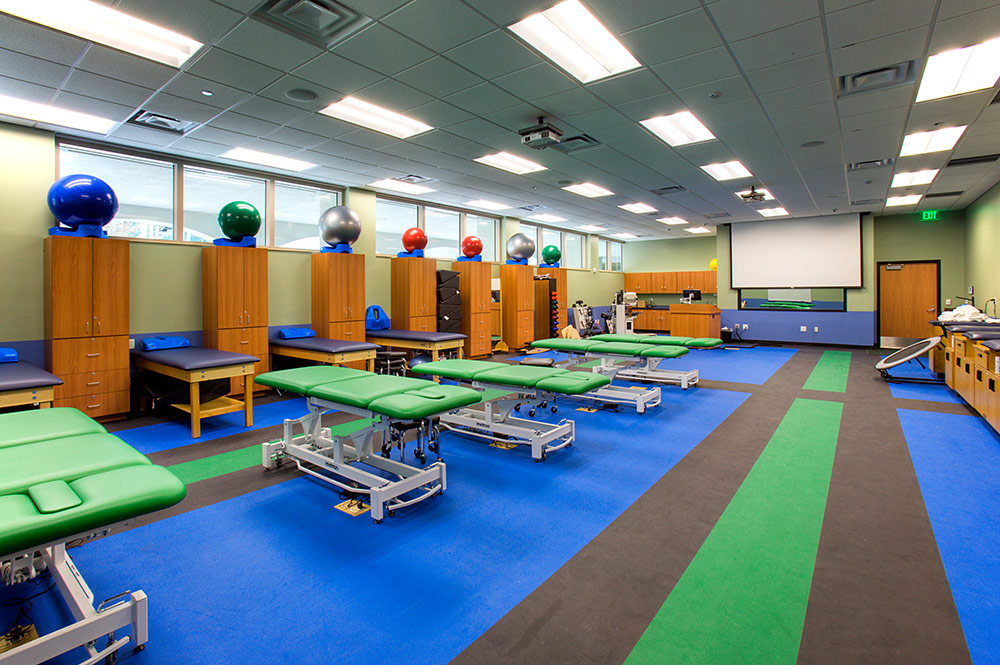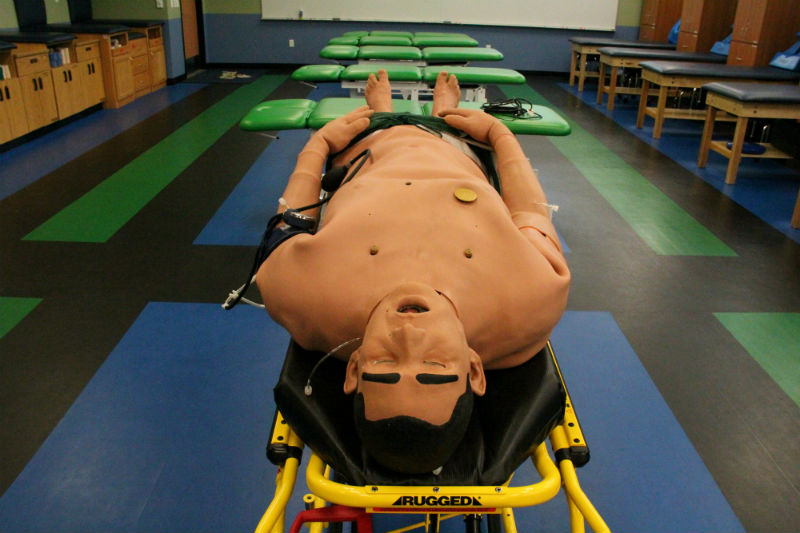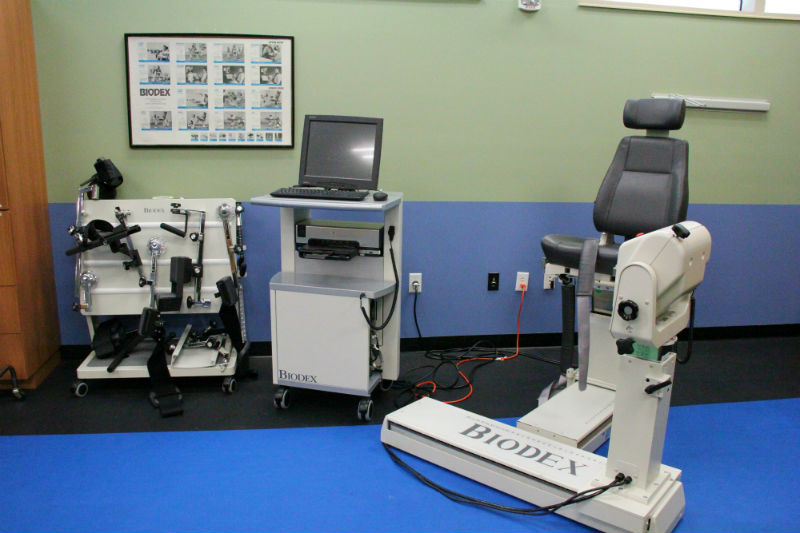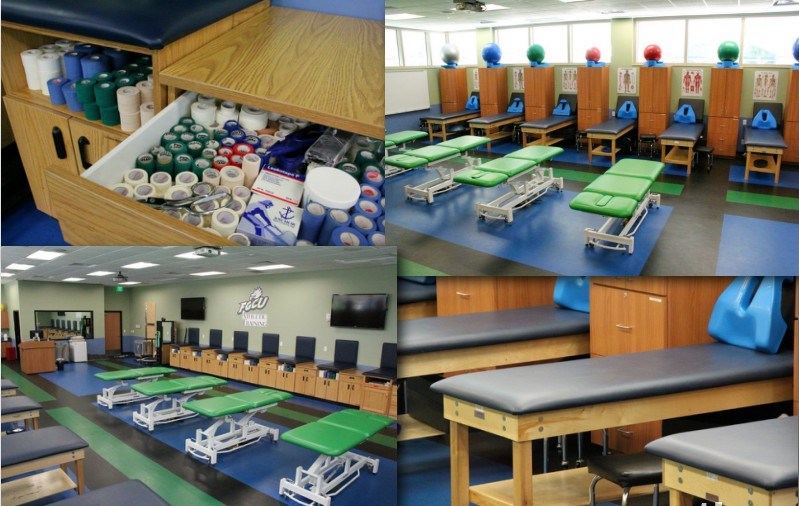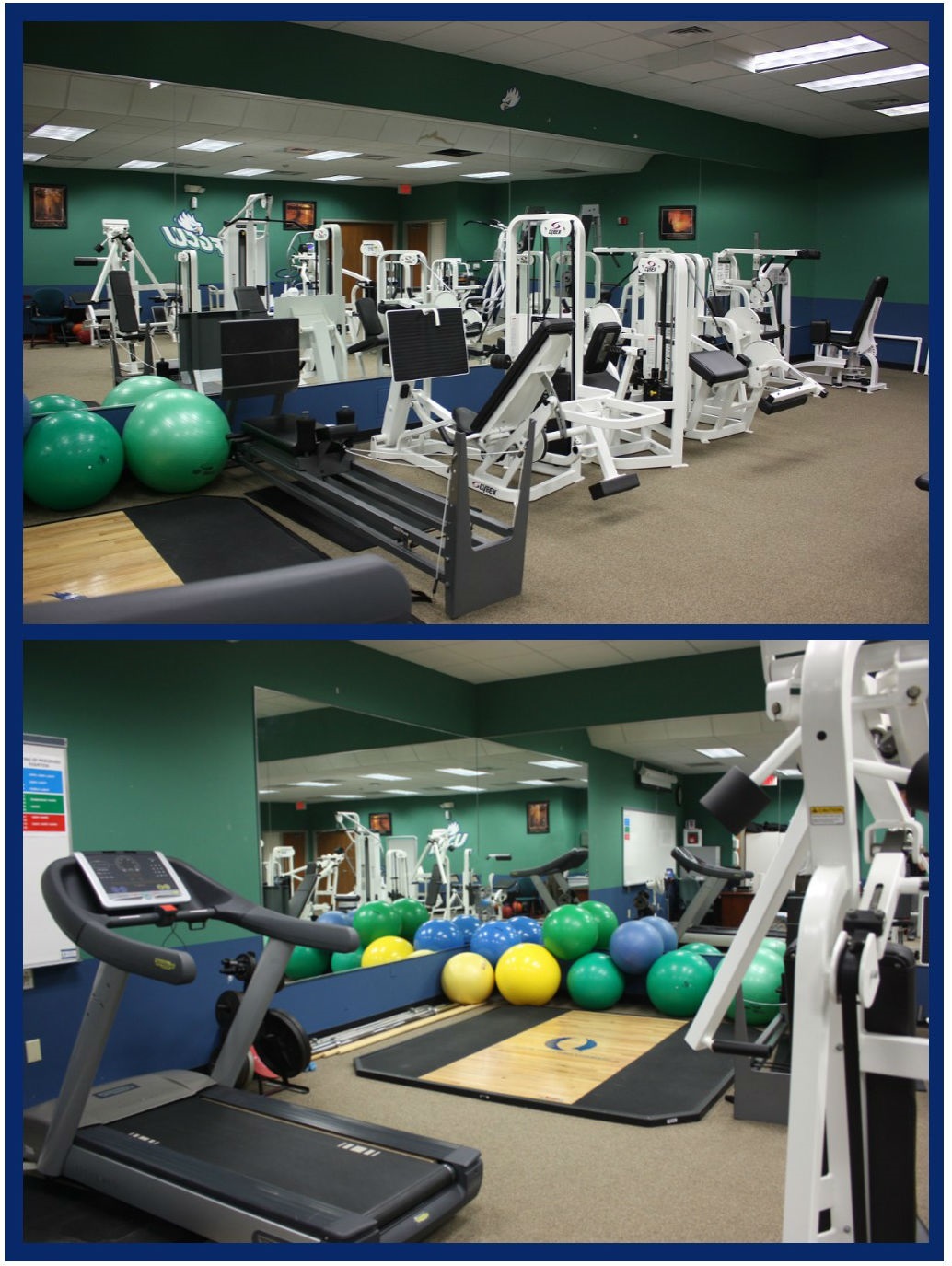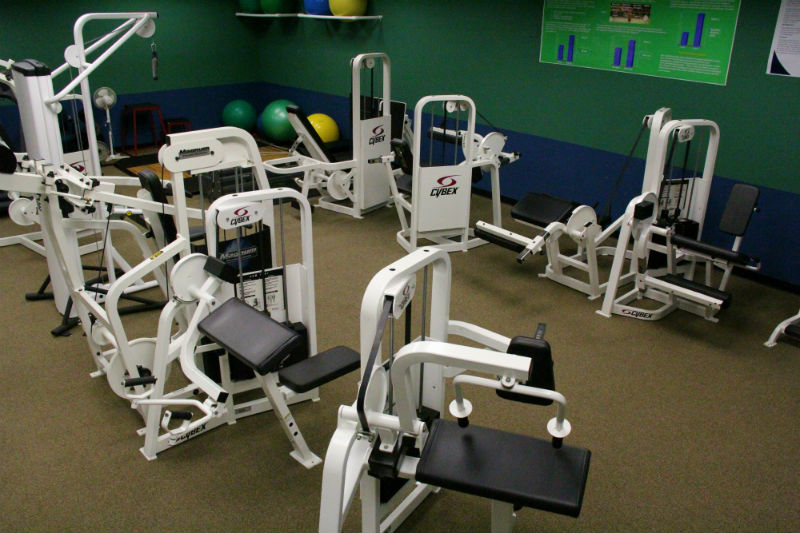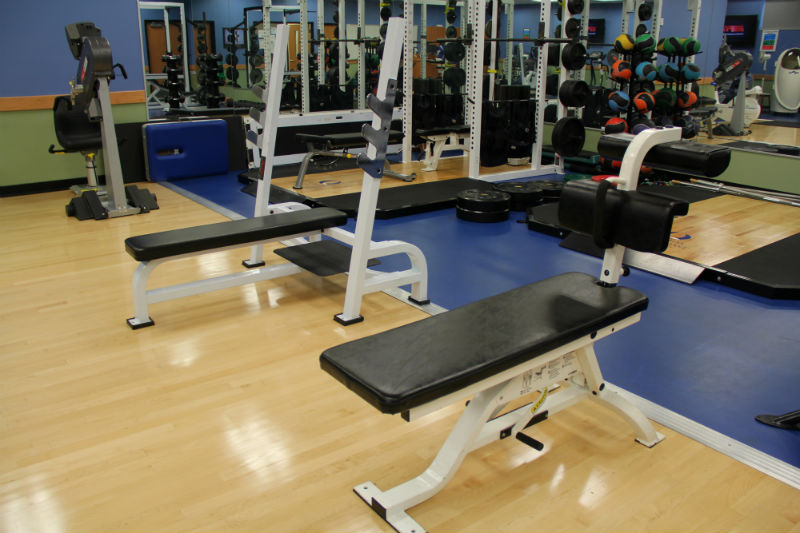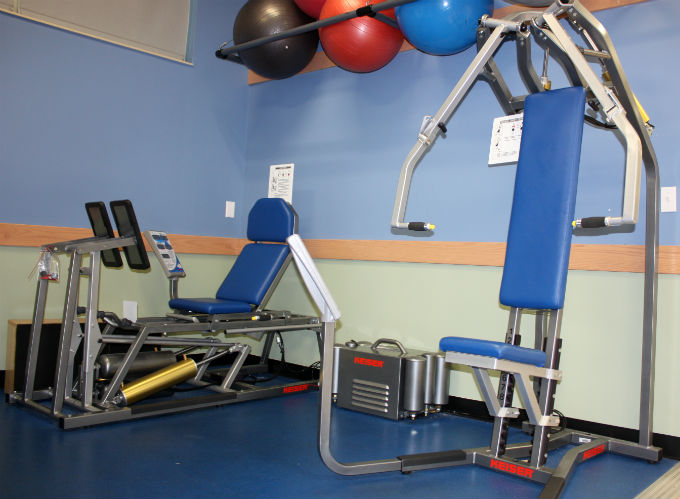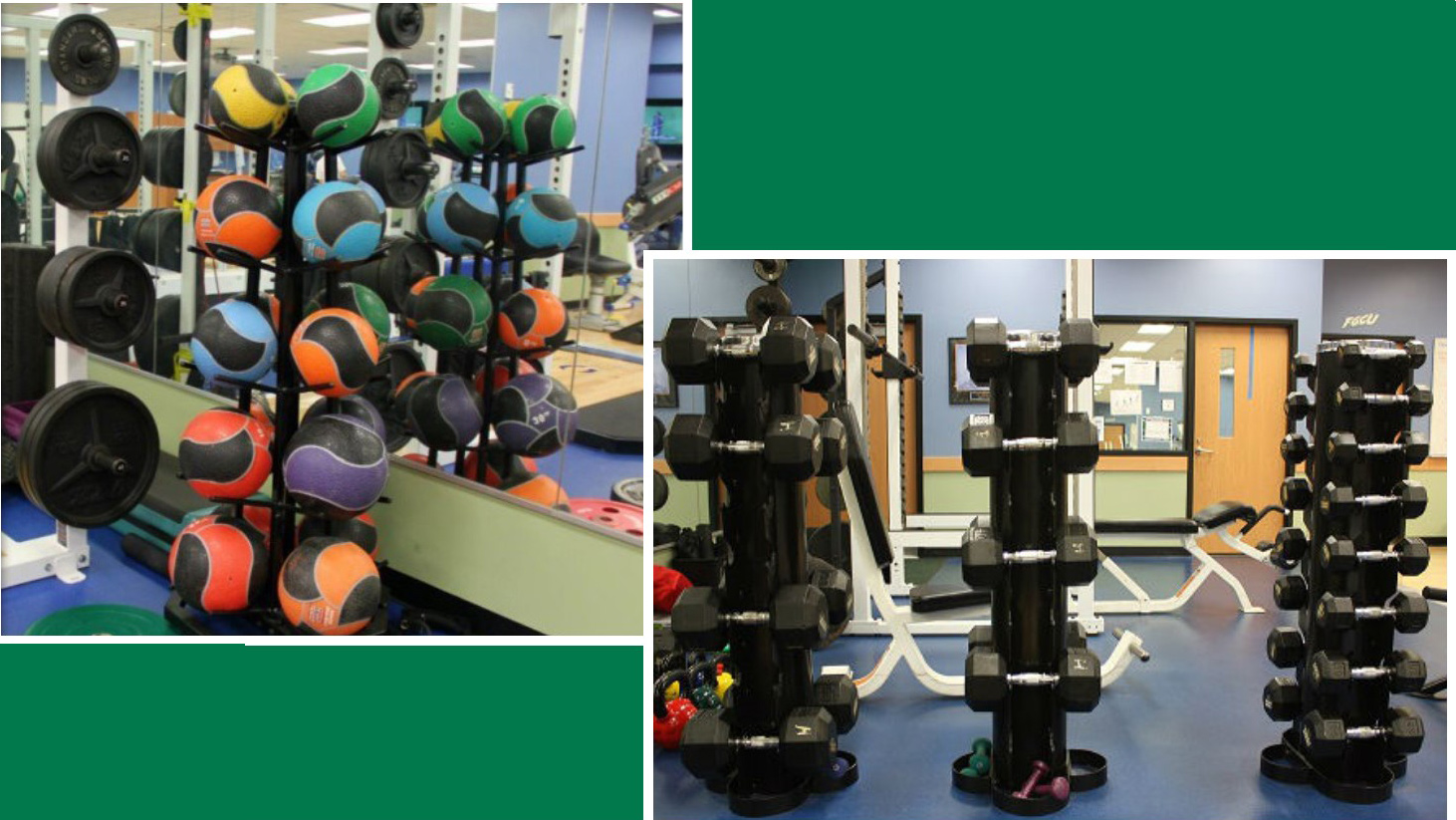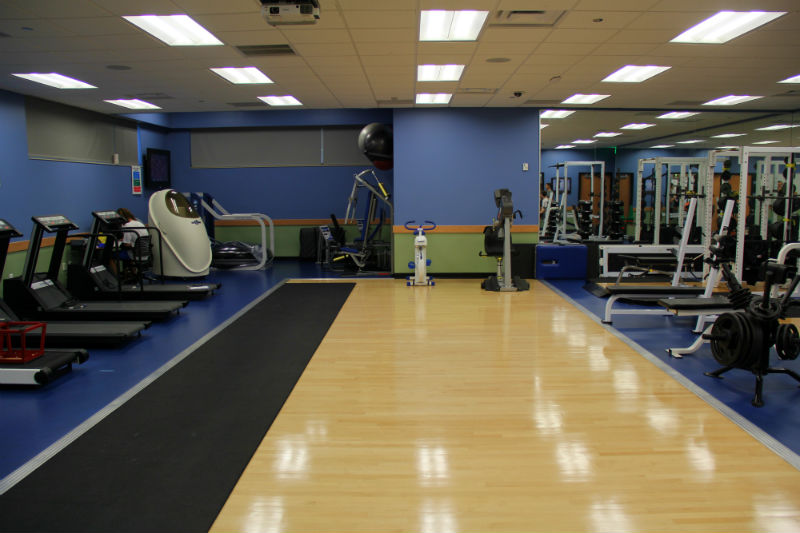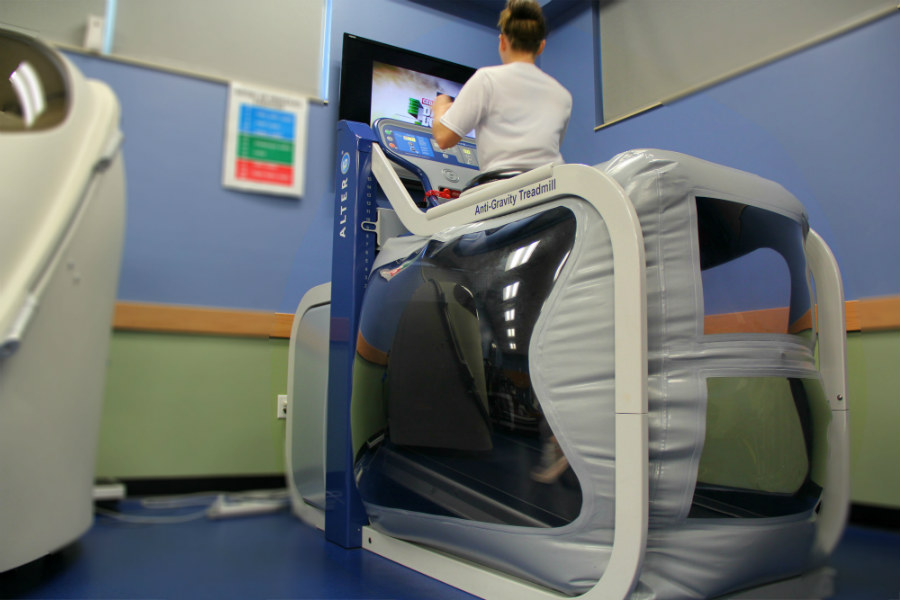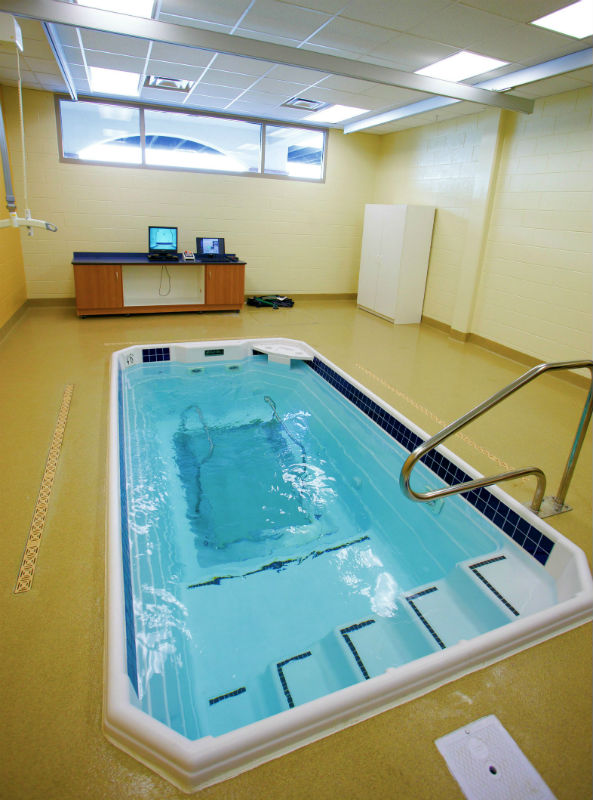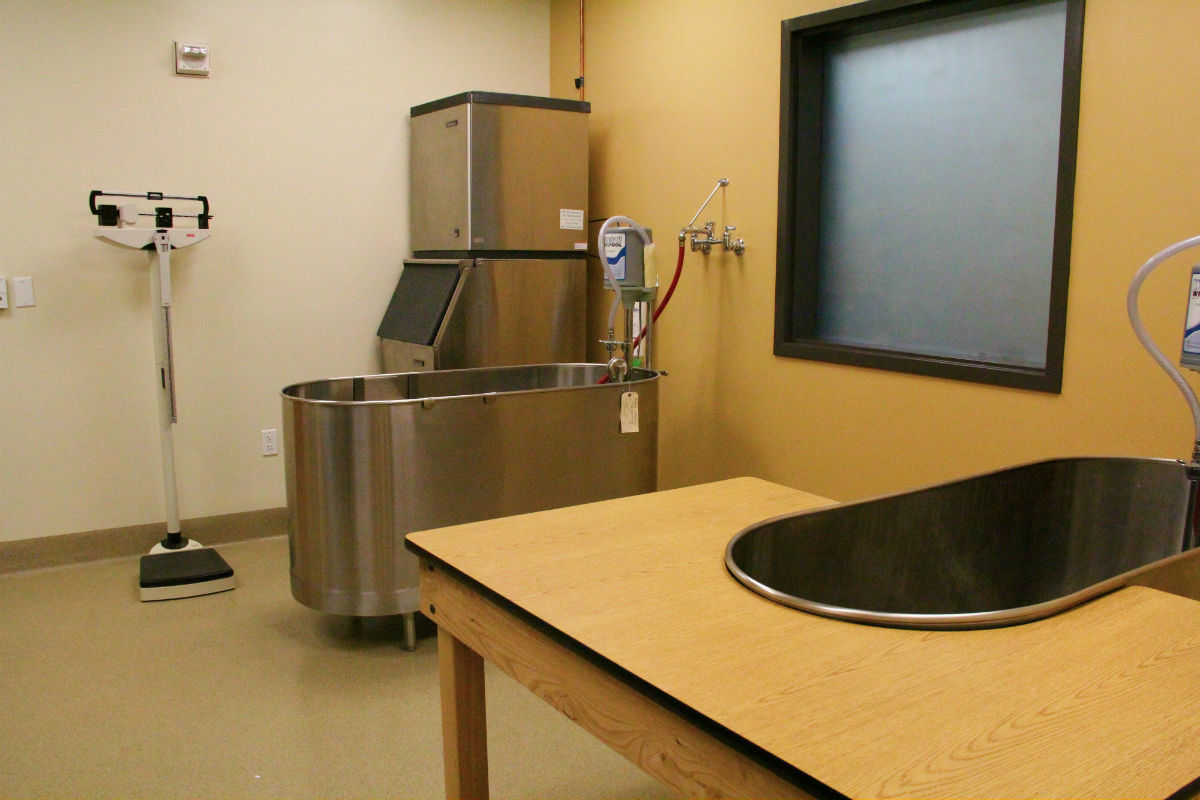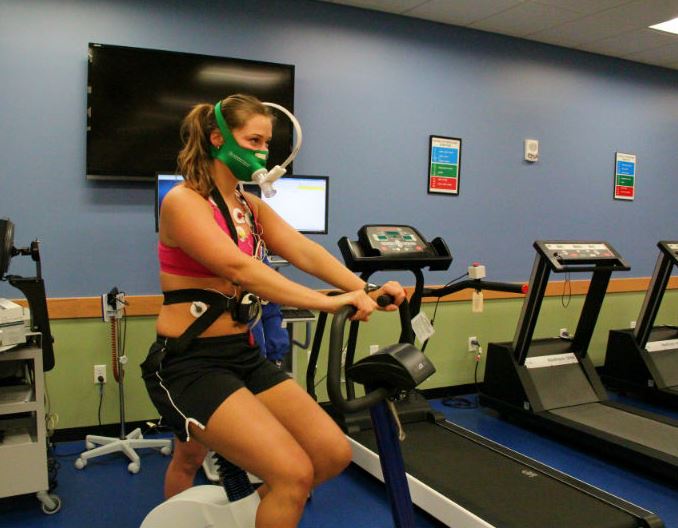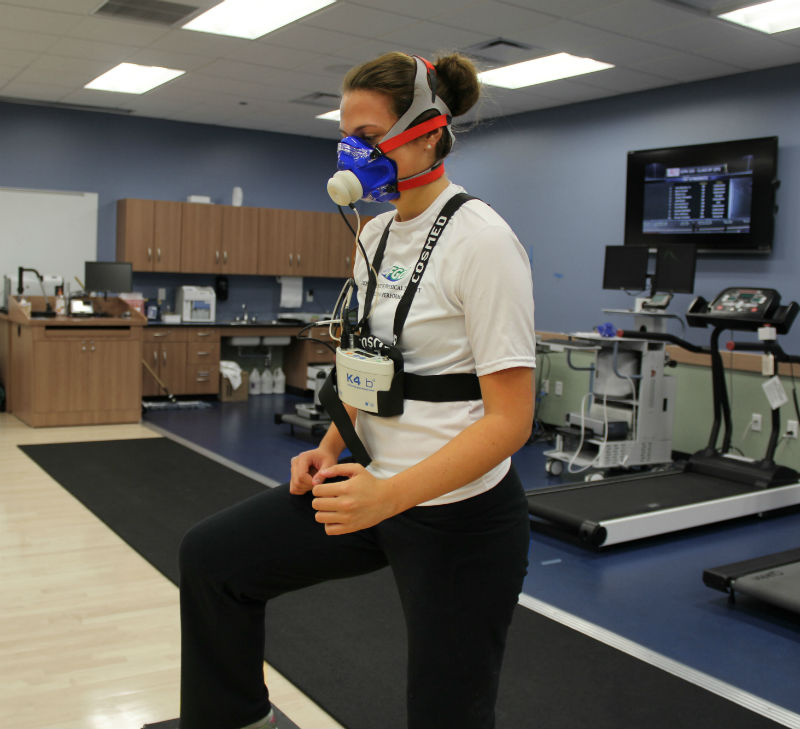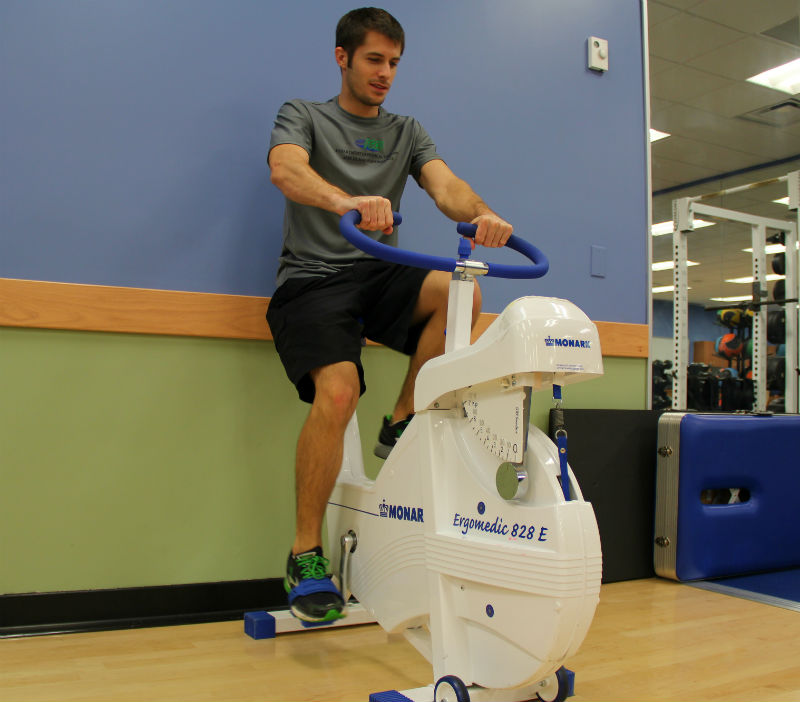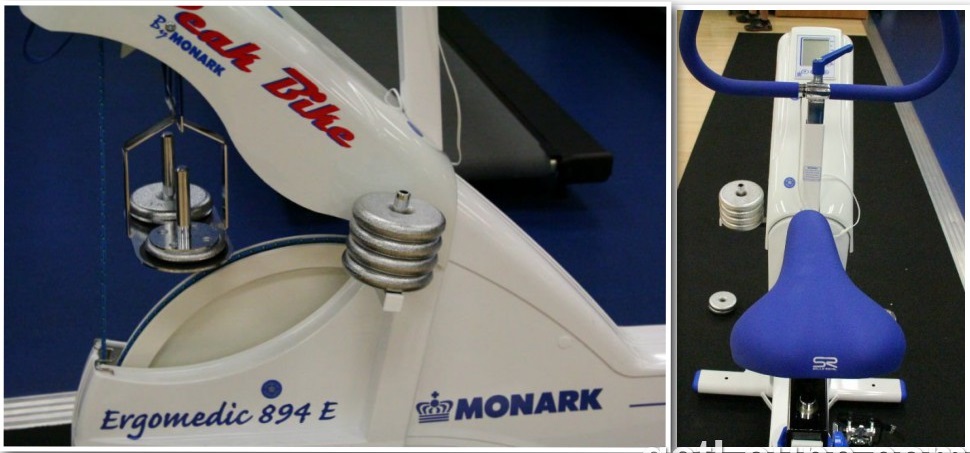Students in the Doctor of Physical Therapy Program are exposed to state-of-the-art equipment. While in the program, students will acquire the most current knowledge and skills required to clinically apply the best practice within the physical therapy profession. Our contemporary laboratories support the active learning style and applied scientific, integrated curriculum by Physical Therapy faculty.

The orthopedics lab facility houses power high-low tables and multiple modalities for rehabilitation.
- Ultrasound
- Diathermy
- Low level Laser
- Electric stimulation
- Hot/Cold treatments
- Traction tables
The neurologic laboratory facility houses:
- Qualisys Motion Analysis System with force plates
- Integrated EMG
- Biodex Balance master
- Parrallel bars
- Wheelchair training
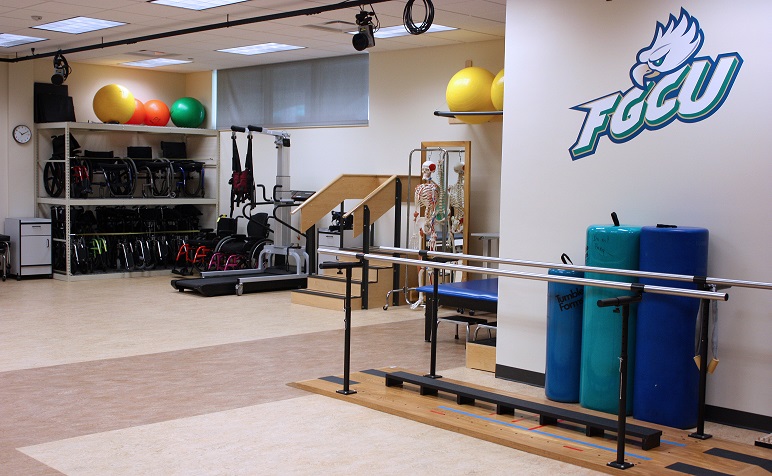
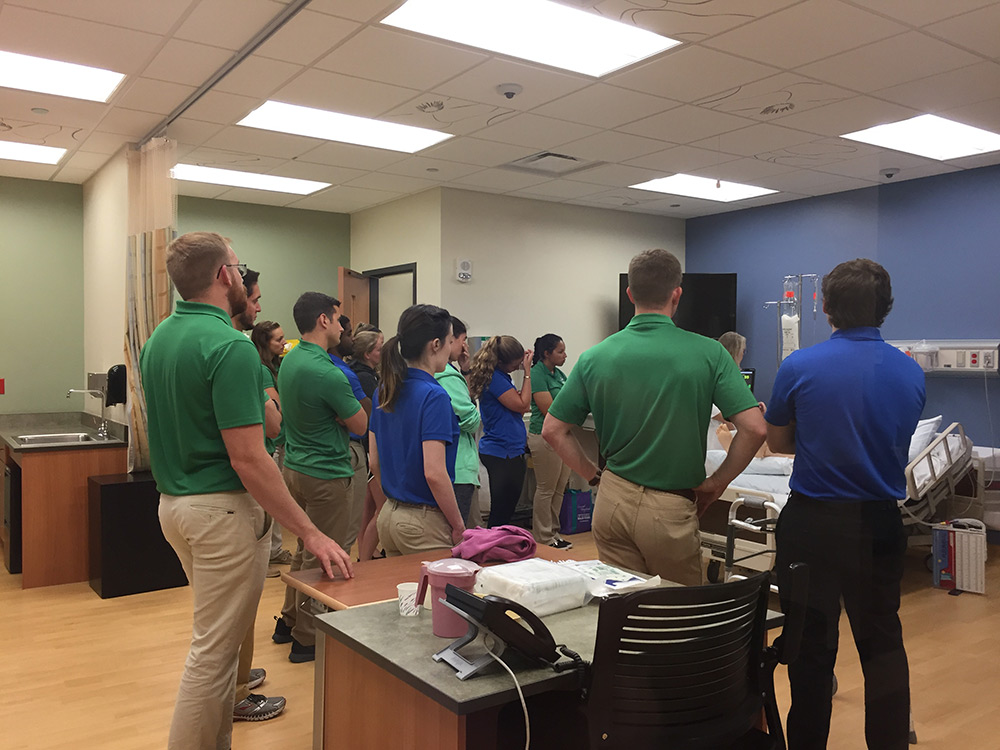
In the hospital simulation laboratory, students gain experience practicing patient transfers, working with individuals that are attached to monitoring, and emergency situations.
The sports medicine laboratory houses examination and treatment equipment, taping stations, as well as a patient simulator to practice real-life scenarios. Students practice assessment utilizing equipment such as the Biodex system, and Dartfish motion analysis systems to identify and document physical impairments. Students then learn how to rehabilitate injuries with various forms of equipment and techniques.
In the human performance laboratory, students have access to resistance training equipment including Olympic Platforms with Olympic bars and bumper plates, dumbbells, benches, traditional resistance training machines, and squat racks. The performance laboratory also houses air-powered resistance, Keiser Pneumatic strength training equipment. These various forms of resistance equipment afford the students a unique opportunity to compare and contrast techniques and equipment for a wide array of clinical and sport-performance applications.
Students also have opportunities to analyze calisthenics, speed, and agility in the human performance laboratory. The wood suspension flooring of the laboratory allows students to safely practice and analyze high impact and plyometric training, utilizing portable high speed cameras. Students are exposed to numerous methods for speed, agility, and quickness training and trained on good practices for technique and coaching.
Additional Equipment (not pictured):
- Speed, agility and quickness equipment
Additional Equipment (not pictured):
- Aquatic exercise equipment
The laboratories house submaximal and maximal exercise assessment equipment. The students participate in labs utilizing the Medgraphics metabolic cart, Quinton Cardiac Stress System, and Parvomedics metabolic cart with treadmill and ergometer. For field testing, the students also have opportunities to familiarize with the K4b2 portable metabolic cart and polar training heart rate monitors.
Additional Equipment (not pictured):
- Parvomedics metabolic cart
- Three Quinton treadmills
- Polar training heart rate monitoring system
During body composition units, students have access to a wide variety of assessment equipment. The Exercise Science program houses a hydrostatic weighing tank, bioelectrical impedance body composition analyzers, skin-fold calipers, and the BodPod body composition analyzer. Students have opportunities to compare validity of results between the various methods and discuss which assessment methods are best utilized in various scenarios.
Additional Equipment (not pictured):
- Bioelectrical impedance body composition analyzers
-
Lange Calipers
The facilities employed within the major provide students with opportunities to learn a wide array of analytical assessment and sport performance training techniques in human performance and aquatic rehabilitation laboratories. Faculty are able to teach students the latest, best practices in healthcare using advanced, contemporary equipment that students will utilize throughout their careers.

